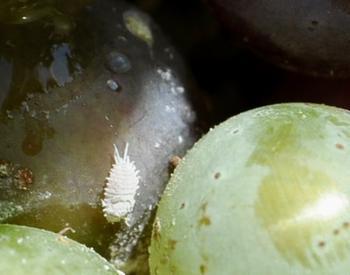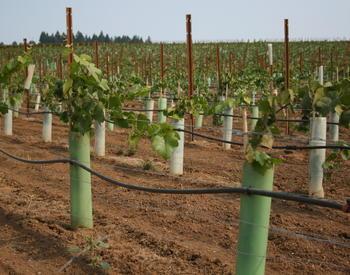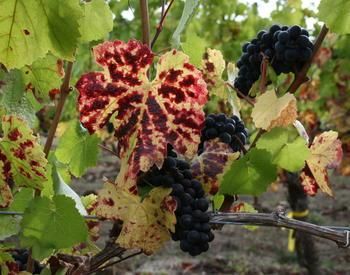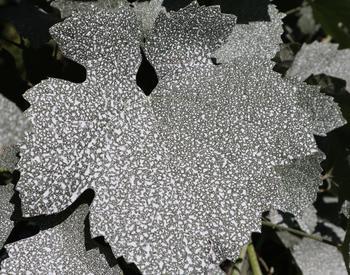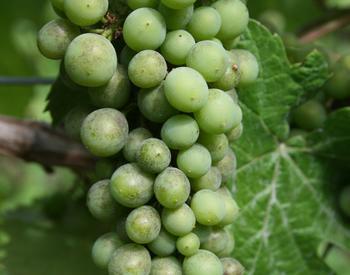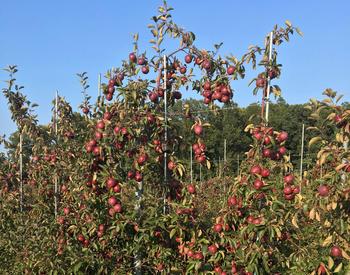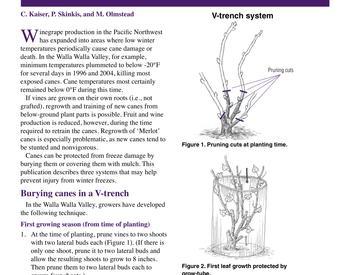CORVALLIS, Ore. – When grape growers find stunted or distorted grapevines in their vineyards, it can be alarming enough to make them reach for an insecticide.
Not so fast, says Patty Skinkis, viticulture Extension specialist with Oregon State University.
“We’ve fielded a lot of questions over the years from growers worried that they might have rust mites,” she said. “But there are other things that can cause stunting of grapevines.”
These can include damage from early frost, herbicide drift, water stress, nutrient deficiency or disease.
Skinkis is lead author of an Extension publication and app called Recognize the Symptoms and Causes of Stunted Growth in Vineyards (EM 8975).
“We wanted to help growers explore further before they sprayed for a pest that might not be there,” she said.
Developed for tablets and smartphones* , the free, easy-to-navigate app offers research-based guidance from eight Extension field scientists, along with a wealth of color photographs to help growers accurately diagnose their vine-stunting problem and find the right solution.
“Because this publication is essentially a diagnostic tool, creating an app made a lot of sense,” said Skinkis, who is also on the faculty in OSU’s College of Agricultural Sciences.
The publication explains how stunting from various causes affects the vine and shows what the effects look like across the vineyard. It guides growers in interpreting the symptoms and distinguishing one cause of stunting from another. And it gives links to other Extension resources that provide in-depth information on grapevine management and health.
Aimed at commercial vineyard growers, home grape growers and winemakers will also find it useful. It’s available from the OSU Extension catalog, as a free color publication, which growers can download and print.
Stunting of grapevines is sometimes called “short shoot syndrome” by Oregon growers, Skinkis said. It often becomes visible in early spring when the vines start to grow new shoots. It is sometimes, but not always, caused by rust mites—microscopic arachnids that feed on shoots, leaves and buds.
In many cases, rust-mite-infested vines will outgrow the stunting and develop normally through the rest of the season, she said, although severe infestations may cause enough damage to reduce yields.
When some growers recently identified rust mites as the cause of their stunted grapevines, Skinkis said, others assumed they had mites, too.
“But the mites are microscopic—you can’t detect them with a hand lens in the field,” Skinkis said. “And because stunting can have a number of causes, it’s important to identify the real problem before you take any action.”
- *Update in 2024: Developed in 2016, the app is no longer working for Android devices. It is still available for iOS devices.








